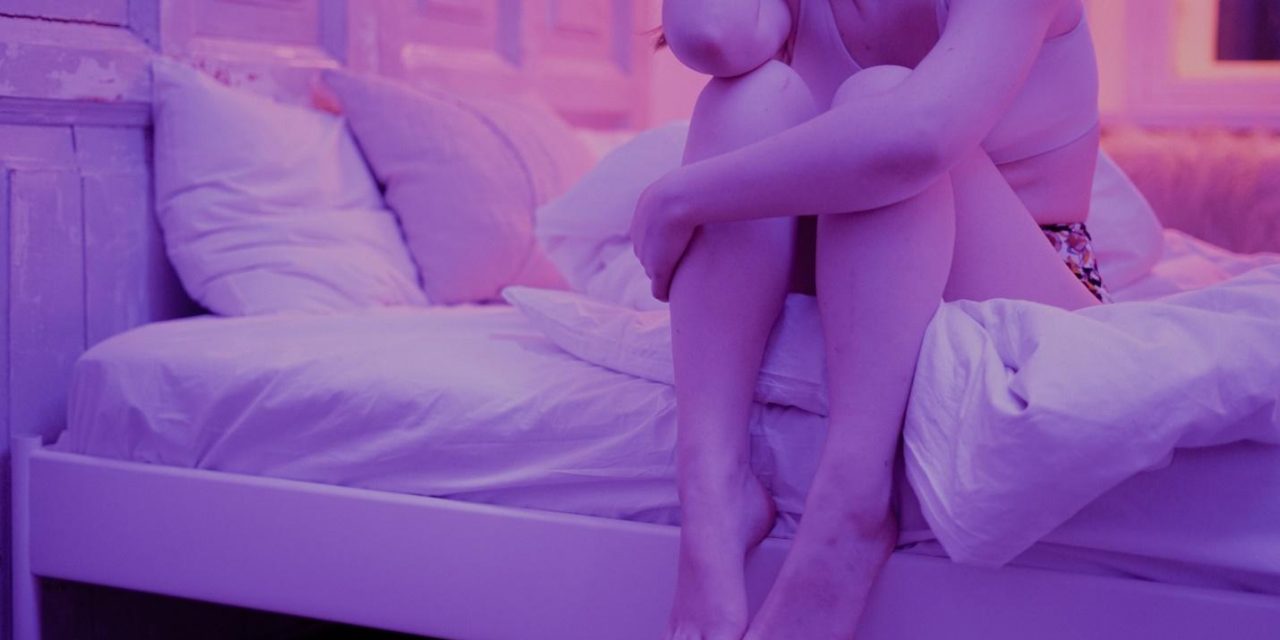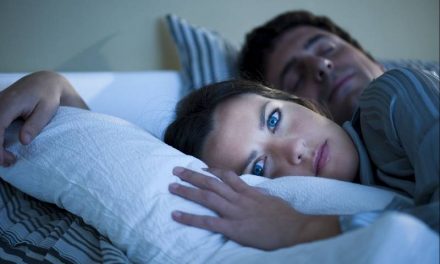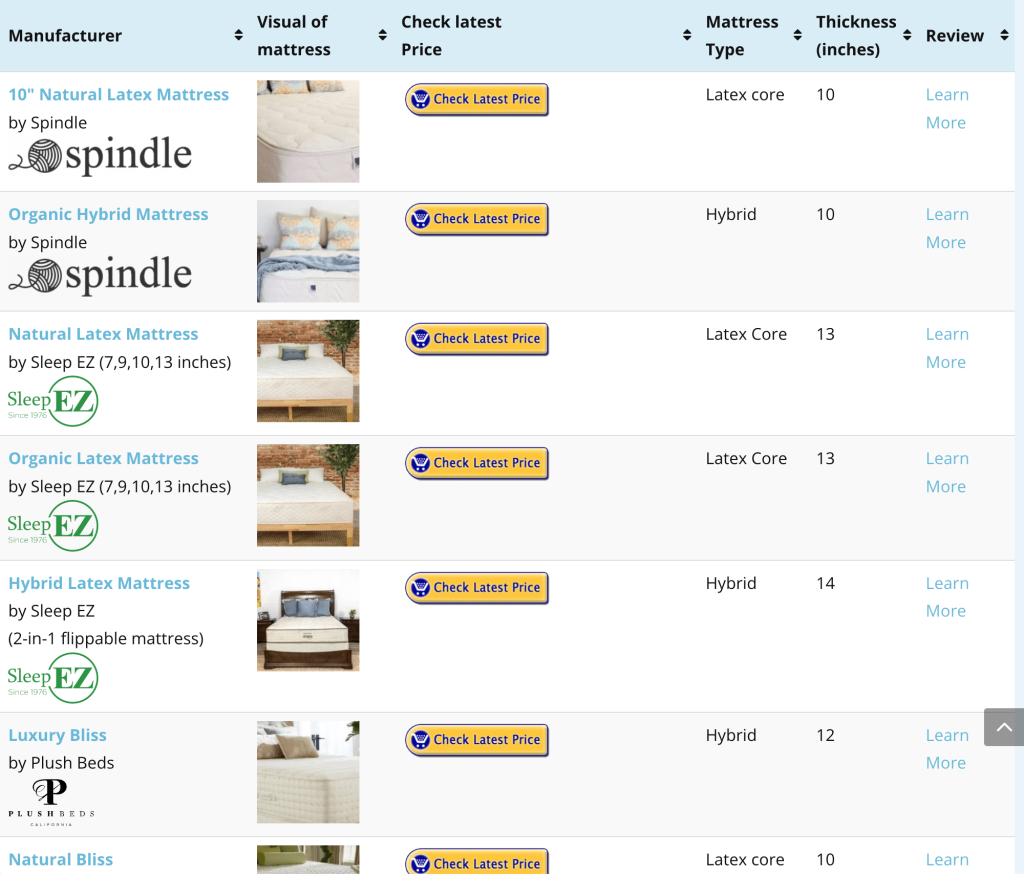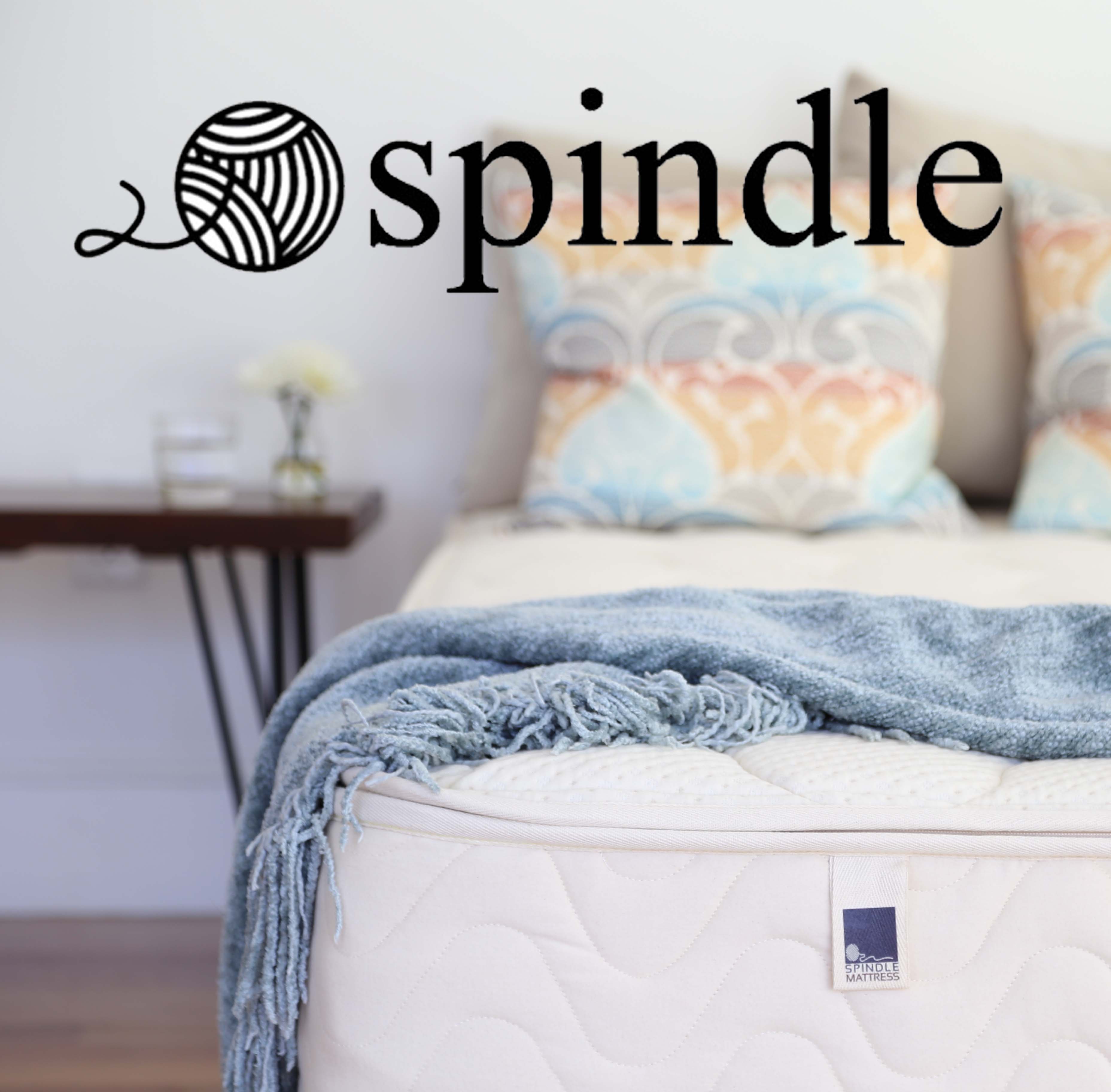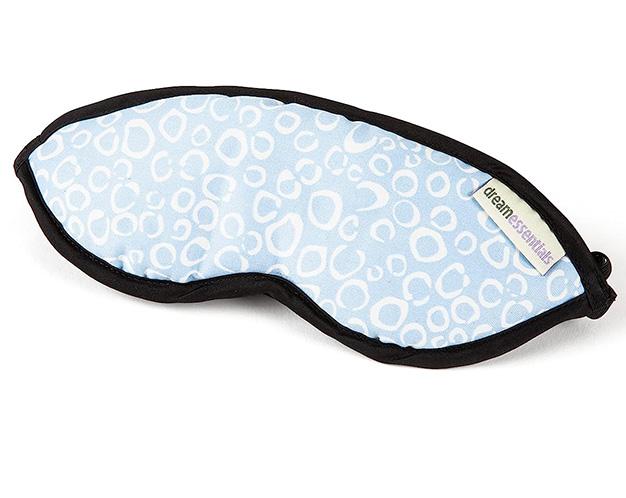Table of Contents
Interrupted REM cycles, patchy sleep, and tossing and turning at night are symptoms that are shared by a growing number of people. You might be making Google searches like “Why can’t I sleep?” or “How to fall asleep? while you are insomnia-ridden. You are certainly not alone if you do this, as the term “why can’t I sleep?” garnered 49 500 searches in the month of February 2021 alone.
The American Sleep Association reports that approximately 50 to 70 million people in the United States are living with a sleep disorder. This means that one in four people experience a form of sleep disorder at least once in their lifetime while over 37% experience short sleep duration (less than 7 hours of sleep every 24 hours). In addition to sleep apnea (keep reading for definition) and sleep deprivation, insomnia leads the roster. Fortunately, 75% of the people that develop insomnia (i.e. 15% to 25% of the US population) recover from it.
In this article, we’ll discuss some of the reasons behind your sleeplessness and how you can train your mind with relaxation techniques and other tactics to overcome it.
Why Can’t I Fall Asleep?
The reason for your sleeplessness could originate from various sources. Unhealthy sleeping habits, mental health or physical conditions are some of the main reasons that you may experience sleeplessness. An article in Harvard’s Women’s Health Watch elaborates on some reasons sleep could be escaping you. Here are some of the most common ones:
- Sleeping Habits – Many of us have become used to bad sleeping habits. Whether it’s working long hours, too many nightcaps, doom scrolling on social media for hours on end or simply staying up too late, poor sleeping habits can impede your ability to fall asleep.
- Sleep Apnea – More than 25 million people in the United States experience obstructive sleep apnea (OSA). This sleeping disorder occurs when muscles in the back of the throat block the airway, causing breathing pauses. It lowers the oxygen supply to the brain and interrupts the REM cycle. While snoring is associated with sleep apnea, not everyone with OSA snores.
- Stress, Anxiety, or Depression – Multiple stressors going on in your mind, whether they are work or family-related, will make it a challenge to get good quality sleep. Similarly, anxiety and depression can prevent you from getting a good night’s rest.
- – Pain caused by chronic pain conditions such as joint & muscle pain and arthritis can keep you from feeling relaxed enough to fall asleep. Other medical problems such as asthma, hyperthyroidism, and Gastroesophageal Reflux Disorder/Disease (GERD) can lead to you experiencing sleep deprivation.
- Medication – Medication such as antidepressants, contraceptives, hormone therapy, corticosteroids, etc. along with OTC (over-the-counter) medication containing caffeine can interfere with your sleep.
What about Insomnia?
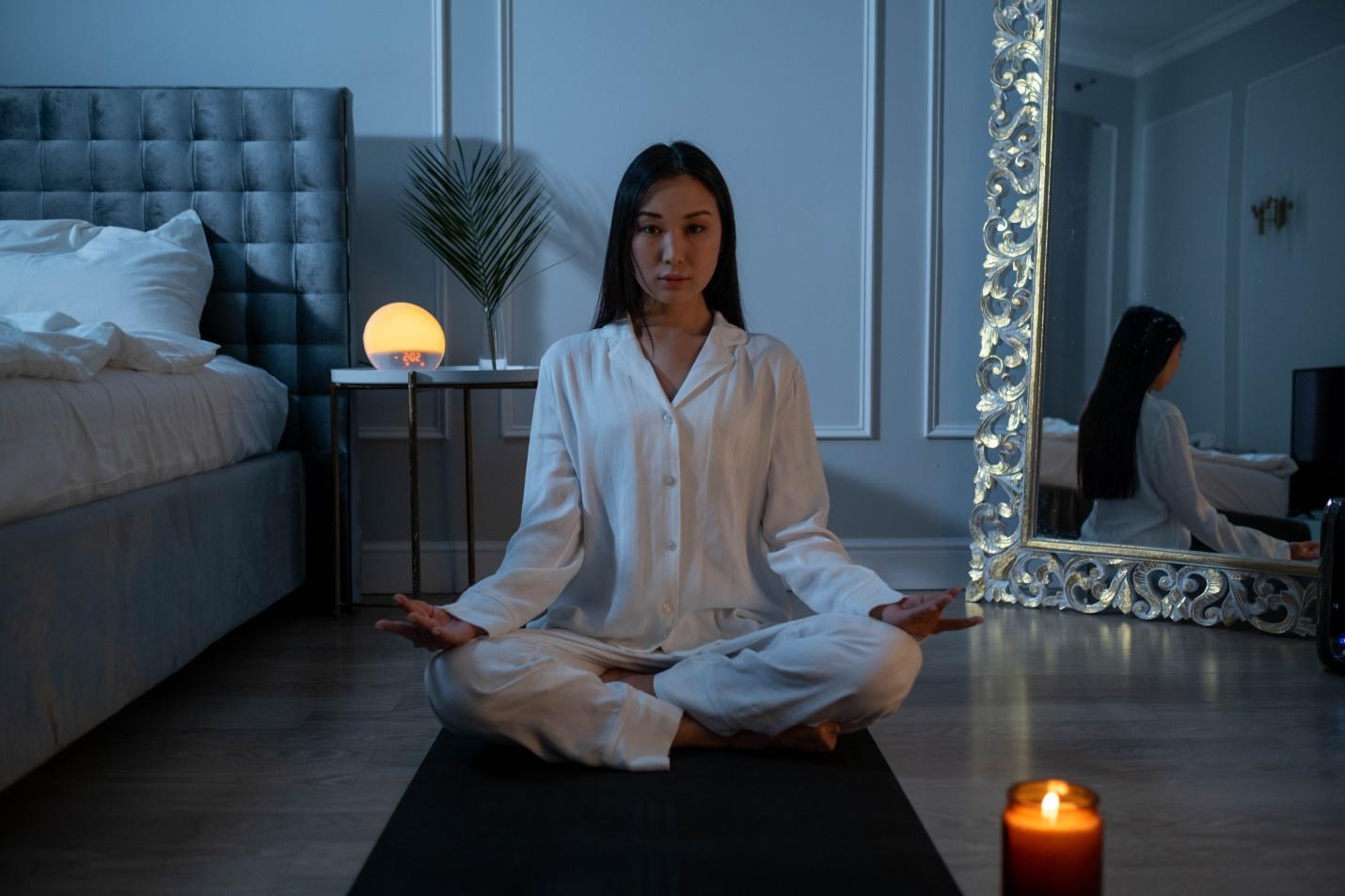
A woman that can’t sleep is practicing relaxation techniques.
Insomnia is the most common sleep disorder. Over 30% of the adult population is reported as having short-term interactions with insomnia while 10% have chronic insomnia.
Insomnia is more than an inability to sleep. Without proper REM cycles, our body doesn’t get to repair from the day’s stress. It contributes to various other problems such as lack of energy, inability to focus, reduced cognitive faculties, irritable mood, fatigue, etc. Insomnia is also linked to serious health problems including immune issues, high-stress levels, forgetfulness, and even obesity.
Mitigating sleeplessness, whether it’s stress-induced or due to insomnia, is imperative for sustained well-being. Dr. Michael Roizen, MD says in his book, “Our lack of sleep isn’t just a boon for the coffee shop industry. It’s slowly killing us.”
How to Fall Asleep
Since stress and anxiety tend to be the culprits behind insomnia and sleeplessness, relaxation techniques might be able to help you fall asleep faster. These techniques are a combination of practices such as progressive relaxation, biofeedback, autogenic training, deep breathing exercises, meditation, and guided imagery.
Before you go to bed
Here are 9 easy changes based on research that you can make to optimize your sleep:
- Put yourself in a silent environment. Avoid sleeping in an area where loud noises can keep you up or disrupt your sleep cycle. You can use earplugs, use a white noise machine, a music app, or a sound app to calm you.
- Focus on a mantra or breathing pattern such as inhale for 3 exhale for 4 to keep you from being distracted.
- Have a positive mindset. It’s okay if your mind wanders. Accept the wandering thought and bring your attention back to the mantra or breathing pattern mentioned in the previous point.
- Lie in a comfortable position. There are various factors that could make a sleeping position more comfortable than another. Choose one that keeps your body supported while addressing any additional concerns such as pregnancy or physical constraints like an arthritic knee.
- Avoid consuming alcohol, cigarettes, caffeinated beverages, or very spicy foods at night.
- Take half an hour before you go to bed to wind down. Read, listen to relaxing music, or do some light stretching exercises to relax.
- Keep phones, laptops, tablets, and other devices as far as possible from your bed.
- Change into comfortable clothes, dim the lights, and set the thermostat to the temperature you feel comfortable in.
- Set your thermostat a few degrees cooler than the daytime temperature for sleeping.
Implementing these changes will help your body and mind to concentrate on the sleep techniques that we’re about to cover. Doing these on a consistent basis will allow you to fall asleep faster.
With that said, let’s discover what you can do when you can’t fall asleep.
7 Tips For How To Improve Sleep
1. Breath Work
What is it?
Self-regulation is one of the most effective ways of achieving calmness. It involves focusing on your breath to allow for maximum oxygen intake. This breathing technique lowers stress levels. It is also called pranayama breathing.
Take slow, deep breaths to fill your lungs and take in as much oxygen as possible. Then, exhale just as slowly. This breathing technique is effective for people who have difficulty using guided imagery or other self-regulation methods for reducing stress.
How does it work?
Method 1
This is pretty simple and similar to the techniques yogis use frequently.
- Slowly inhale through your nose;
- Exhale through your mouth;
- Count this cycle as one breath. Alternatively, you can count each breath as one (which would make inhaling and exhaling two breaths).
Repeat until you can feel yourself drifting to sleep.
Method 2
The 4-7-8 breathing method was established by Dr. Andrew Weil, MD, a practitioner and advocate of alternative medicine. To practice this technique::
- Place your tongue behind the two, upper-front teeth;
- Close your lips shut and inhale slowly through your nose to a count of four;
- Hold your breath to a count of seven;
- Exhale through the mouth to a count of eight (there might be a whoosh sound as the air passes around your tongue).
This completes one cycle. Repeat the steps three more times.
2. Muscle Relaxation
What is it?
Muscle relaxation, or progressive muscle relaxation, is a deep relaxation technique where you contract and release muscle groups one at a time. It helps relieve any tension you carry in your body, allowing it to relax and calm down.
How does it work?
Start by closing your eyes and controlling your breath as mentioned in the previous technique. Then:
- Inhale through your nose and tighten your facial muscles, which include your lips, jaw, eyes, and forehead. Keep them tightened for ten seconds, and release as you exhale slowly through the nose.
- Next, do the same for your shoulder muscles, arms, back, abdomen, hips, legs, and feet.
Note: Don’t contract muscles forcefully if you experience pain upon doing so. Also, avoid this technique if you have cardiovascular issues.
3. Guided Imagery And Visualization
What is it?
Visual thinkers can effectively calm down using imagery or visualization techniques just like people who are more visually inclined. This involves focusing your attention on conjuring up relaxing or calming images, which will be different for everyone.
How does it work?
- Close your eyes and engage in deep breathing;
- Think of a place or an instance where you feel the most relaxed. Nature imagery such as beaches, lakes, woods, meadows, etc. are some examples;
- Focus on the details of the scene such as sounds, colors, shapes, taste, feel, etc. For example, imagine a brook or stream running through a forest, the noise it makes as it flows, the gently rustling leaves, and the smell of wildflowers filling your senses…
4. Meditation
What is it?
Mindfulness has numerous benefits for mitigating insomnia. It combines the techniques mentioned above in order to bring your mind into the present moment. Mindfulness decreases distractions from external stimuli.
In other words, it requires you to practice active meditation.
How does it work?
Before we describe the steps, it’s important to understand that it can take some time for you to engage in mindfulness. It takes practice to compartmentalize your thoughts and maintain focus on your breath and the present moment.
Let’s take a look at how the Body Scan Method suggested by the University of California, Berkeley’s Greater Good in Action program can help combat insomnia. This is a great technique to try out if you’re wondering what to do when you can’t sleep in the middle of the night.
Regulate your breath by using method #1 above, then:
- Bring your attention to your own body and notice how you’re lying down;
- Start with your feet, noticing what feels good or bad. Release any tension that you might be maintaining in different areas of your body;
- Slowly move up to your calves, thighs, hips, abdomen, chest, hands, arms, etc. until you reach your head, releasing any tension that you might feel while you visualize each area.
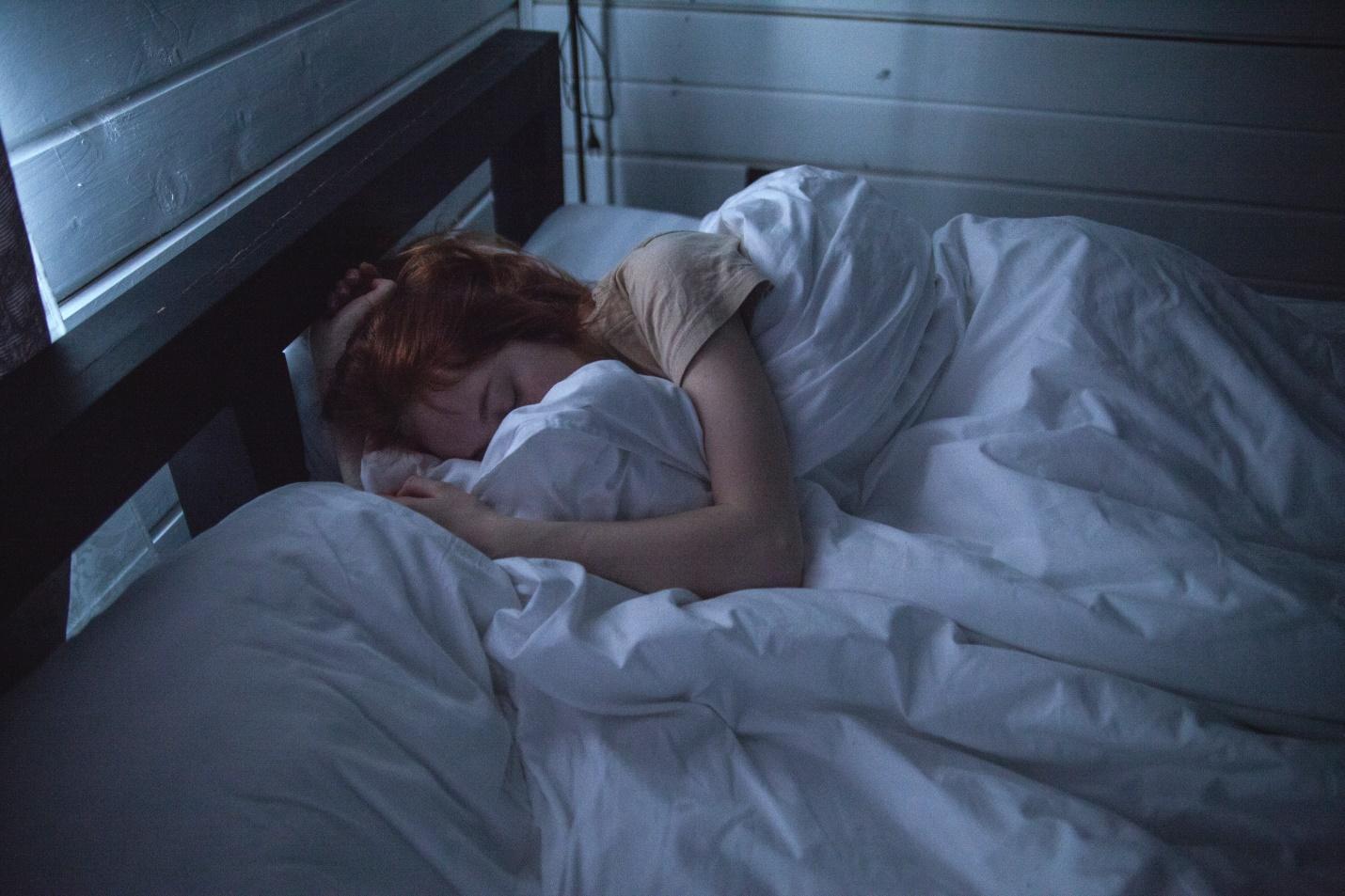
A woman sleeping on her side under a white comforter.
In addition to the four relaxation techniques mentioned above, the following tips can help you overcome insomnia and enjoy at least 7 hours of uninterrupted sleep per night.
5. Associate the Bed with Sleeping
Conditioning your brain to associate an area with a certain activity can have tremendous positive effects. For example, you may consider your office as a productive space. When you enter your office, your mind automatically switches to work mode.
Similarly, in order to associate your bedroom with deep, relaxing sleep, try making the following changes:
- Keep the bedroom dedicated to sleep (and intimate activities). Avoid screen time and work in the bedroom. If your bedroom doubles as a workspace, avoid sitting on your bed when you engage in work-related activities.
- Move clocks (wall, alarm, etc.) out of your bed’s periphery. Clocks can make people anxious. If you’re setting an alarm on your phone, make sure you place the phone at a distance that you can’t reach from your bed while you’re lying down. For example, put your phone on a dresser or console table on the opposite side of the room.
- Get out of bed if you can’t sleep. Instead of getting frustrated by not being able to sleep, get up and do a relaxing activity such as meditation, reading, or taking a hot bath. Go back to bed when you feel sleepy.
6. Change your Lifestyle Habits
How well you take care of your body has an impact on the quality of your sleep. . When you start improving your habits in other areas of your life i.e. diet and physical activity, you may begin to see noticeable differences in your sleeping patterns. Having a healthy diet and engaging in regular physical activity may lead to noticeable improvements in the quality of your sleep.
- Limiting late-night outings to a few nights a week. Make sure you’re at home at least 8 hours before you have to wake up so you can get 7 hours of sleep.
- Integrate physical activity as a regular part of your week. Avoid sports at least three hours before bedtime to make sure you’re not overstimulating your brain with endorphins. Exercise in the morning or after work.
- Kick bad habits such as smoking and overindulging in caffeine.
- Limit alcohol, as it may prevent you from attaining deep sleep.
- Avoid eating a big meal at least two hours before bedtime to allow your body ample time for digestion. Try to eat a healthy, balanced meal and avoid consuming anything too spicy or heavy right before bed.
7. Change your Mattress
You might not realize it right away, but your mattress might be the reason you end up tossing and turning the whole night. In addition to developing lumps, bumps, and sagging, mattresses that sleep too hot or are inadequate for your preferred sleeping position (back, front, and side) will prevent you from getting comfortable.
A natural latex mattress may be an effective solution if you are experiencing any of these problems. A natural latex mattress is more breathable, supportive, pressure-relieving, and at least 2X more durable than a polyurethane mattress.
Resources that provide detailed reviews of different latex mattress types are available. Find detailed latex mattress comparisons and latex mattress pros and cons on naturalmattressfinder.com.
If you still can’t sleep after applying these practices or are experiencing worsening sleeping problems, visit a licensed sleep disorder specialist. After you describe your particular sleeping patterns, a licensed sleep disorder specialist will be able to diagnose your sleeping condition and suggest an appropriate treatment to help improve any sleep issues that you may be experiencing.
References
- The Centers for Disease Control and Prevention. Short Sleep Duration Among US Adults. https://www.cdc.gov/sleep/data_statistics.html
- The American Sleep Association. Sleep and Sleep Disorder Statistics. https://www.sleepassociation.org/about-sleep/sleep-statistics/
- Michael F. Roizen, MD; Michael Crupain, MD, MPH; Ted Spiker. What to Eat When: A Strategic Plan to Improve Your Health and Life Through Food. (2018). National Geographic Books.
- Harvard’s Women’s Health Watch. 8 reasons why you’re not sleeping. (2014). Harvard Health Publishing. Retrieved from https://www.health.harvard.edu/sleep/8-reasons-why-youre-not-sleeping
- Fernandez-Mendoza, J., & Vgontzas, A. N. (2013). Insomnia and its impact on physical and mental health. Current psychiatry reports, 15(12), 418. https://www.ncbi.nlm.nih.gov/pmc/articles/PMC3972485/
- National Center for Complementary and Integrative Health. Relaxation Techniques for Health. The National Institutes of Health (NIH). https://www.nccih.nih.gov/health/relaxation-techniques-for-health
- Lichstein, K., Taylor, D., McCrae, C., & Thomas, S. (2010). Behavioural Treatments for Sleep Disorders: A Comprehensive Primer of Behavioral Sleep Medicine Interventions (Practical Resources for the Mental Health Professional) (1st ed., pp. 45–54). https://www.med.upenn.edu/cbti/assets/user-content/documents/Lichstein_RelaxationforInsomnia-BTSD.pdf
- Ravinder Jerath, John W. Edry, Vernon A. Barnes, Vandna Jerath. Physiology of long pranayamic breathing: Neural respiratory elements may provide a mechanism that explains how slow deep breathing shifts the autonomic nervous system. Medical Hypotheses. Volume 67, Issue 3. (2006). Pages 566-571. https://www.sciencedirect.com/science/article/abs/pii/S0306987706001666
- Healthwise Staff. Stress Management: Doing Progressive Muscle Relaxation. The University of Michigan Medicine Health Library. (2019). https://www.uofmhealth.org/health-library/uz2225
- University of Pennsylvania School of Medicine. (2018, June 5). One in four Americans develops insomnia each year: 75 percent of those with insomnia recover. ScienceDaily. Retrieved March 22, 2021, from www.sciencedaily.com/releases/2018/06/180605154114.htm
- Jawed, S., Amin, H. U., Malik, A. S., & Faye, I. (2019). Classification of Visual and Non-visual Learners Using Electroencephalographic Alpha and Gamma Activities. Frontiers in behavioural neuroscience, 13, 86. https://www.ncbi.nlm.nih.gov/pmc/articles/PMC6513874/
- Ong, J. and Sholtes, D. A mindfulness‐based approach to the treatment of insomnia. J. Clin. Psychol. 66: 1175-1184. (2010) https://onlinelibrary.wiley.com/doi/abs/10.1002/jclp.20736
- Greater Good in Action. Body Scan Meditation. https://ggia.berkeley.edu/practice/body_scan_meditation
- Lawrence Robinson; Melinda Smith, MA; and Robert Segal, MA. Insomnia. HelpGuide.org. Updated October 2020. https://www.helpguide.org/articles/sleep/insomnia-causes-and-cures.htm
- Shochat T. Impact of lifestyle and technology developments on sleep. Nature and science of sleep, 4, 19–31. (2012). https://www.ncbi.nlm.nih.gov/pmc/articles/PMC3630968/
- The American Heath Association editorial staff. Sleep Better with Healthy Lifestyle Habits. (2020). https://www.heart.org/en/healthy-living/healthy-lifestyle/sleep/sleep-better-with-healthy-lifestyle-habits
- Scharf SM, DeMore J, Landau T, Smale P. Comparison of primary-care practitioners and sleep specialists in the treatment of obstructive sleep apnea. Sleep Breath. 8 (3):111-24. (2004). https://pubmed.ncbi.nlm.nih.gov/15389385/

